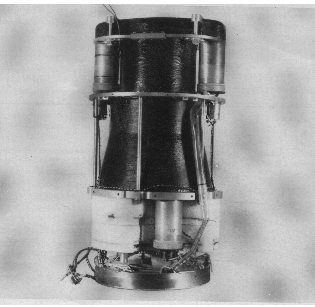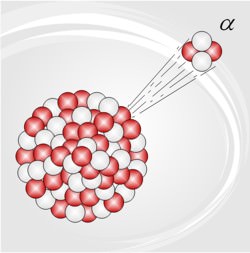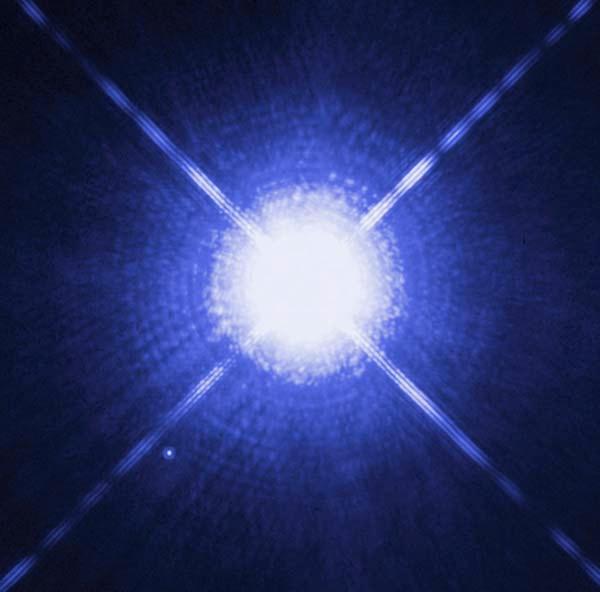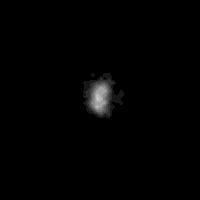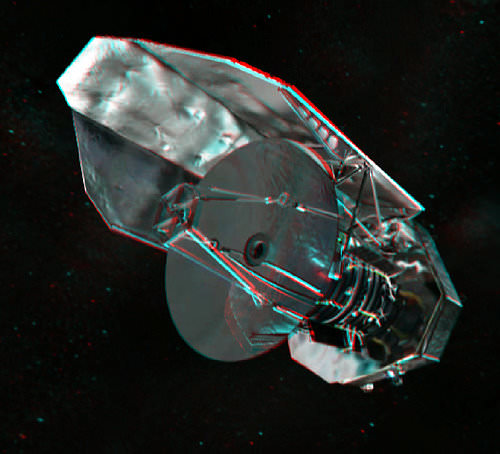“Gamma wave” is not, strictly speaking, a standard scientific term … at least not in physics, and this is rather curious (the standard physics term is “gamma ray”).
The part of the electromagnetic spectrum ‘to the left’ (high energy/short wavelength/high frequency) is called the gamma ray region; the word ‘ray’ was in common use at the time of the discovery of this form of radiation (‘cathode rays’, ‘x-rays’, and so on); by the time it was discovered that gamma rays (and x-rays) are electromagnetic radiation (and that cathode rays, beta radiation, and alpha radiation, is not), the word ‘ray’ was well-entrenched. On the other hand, radio waves were discovered as a result of a new theory of electromagnetism … Maxwell’s equations predict the existence of electromagnetic waves (and that’s exactly what Hertz discovered, in 1886).
Paul Villard is credited with having discovered gamma radiation, in 1900, though it was Rutherford who gave them the name “gamma rays”, in 1903 (Rutherford had discovered alpha and beta rays in 1899). So when, and how, was it discovered that gamma rays are, in fact, gamma waves (just like radio waves, only with much, much, much shorter wavelengths)? In 1914; Ernest Rutherford and Edward Andrade used crystal diffraction to measure the wavelength of gamma rays emitted by Radium B (which is the radioactive isotope of lead, 214Pb) and Radium C (which is the radioactive isotope of bismuth, 214Bi).
We usually think of electromagnetic radiation in terms of photons, a term which arises from quantum physics; for astronomy (which is almost entirely based on electromagnetic radiation/photons), however, instruments and detectors are nearly always more easily understood in terms of whether they detect waves (e.g. radio receivers) or particles (e.g. scintillators). In gamma ray astronomy, in all instruments used to date, the particle nature of gamma rays is key (for direct detection anyway; Cherenkov telescopes work quite differently!). Can the circle be closed? Is it possible to use crystal diffraction (or something similar) – as Rutherford and Andrade did – and the wave nature of gamma rays, to build gamma ray astronomical instruments? Yes … and the next generation of gamma ray observatories might include just such instruments!
NASA has some good background material on gamma rays as electromagnetic radiation, and gamma ray astronomy: for example, Gamma Rays, and Electromagnetic Spectrum.
Universe Today has a few stories related to the wave nature of gamma rays; for example INTEGRAL Dissects Super-Bright Gamma Ray Burst, and Watching Gamma Rays from the Safety of Earth. Here’s some information on alpha radiation.
Astronomy Cast episodes Gamma Ray Astronomy, Detectors, and Electromagnetism give good background too.

